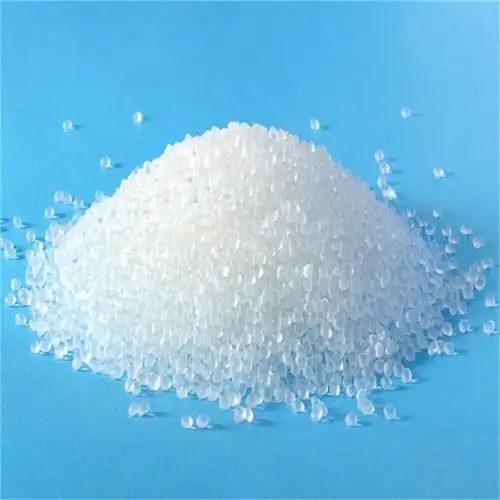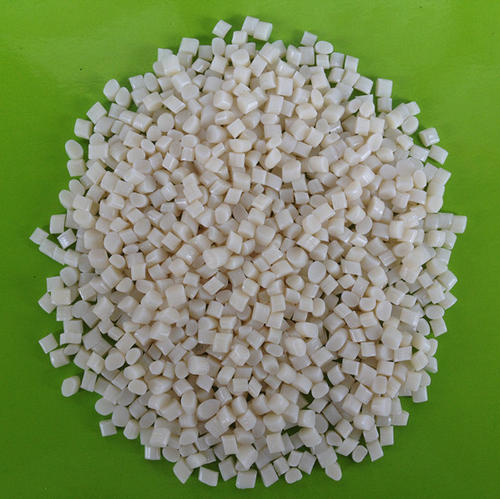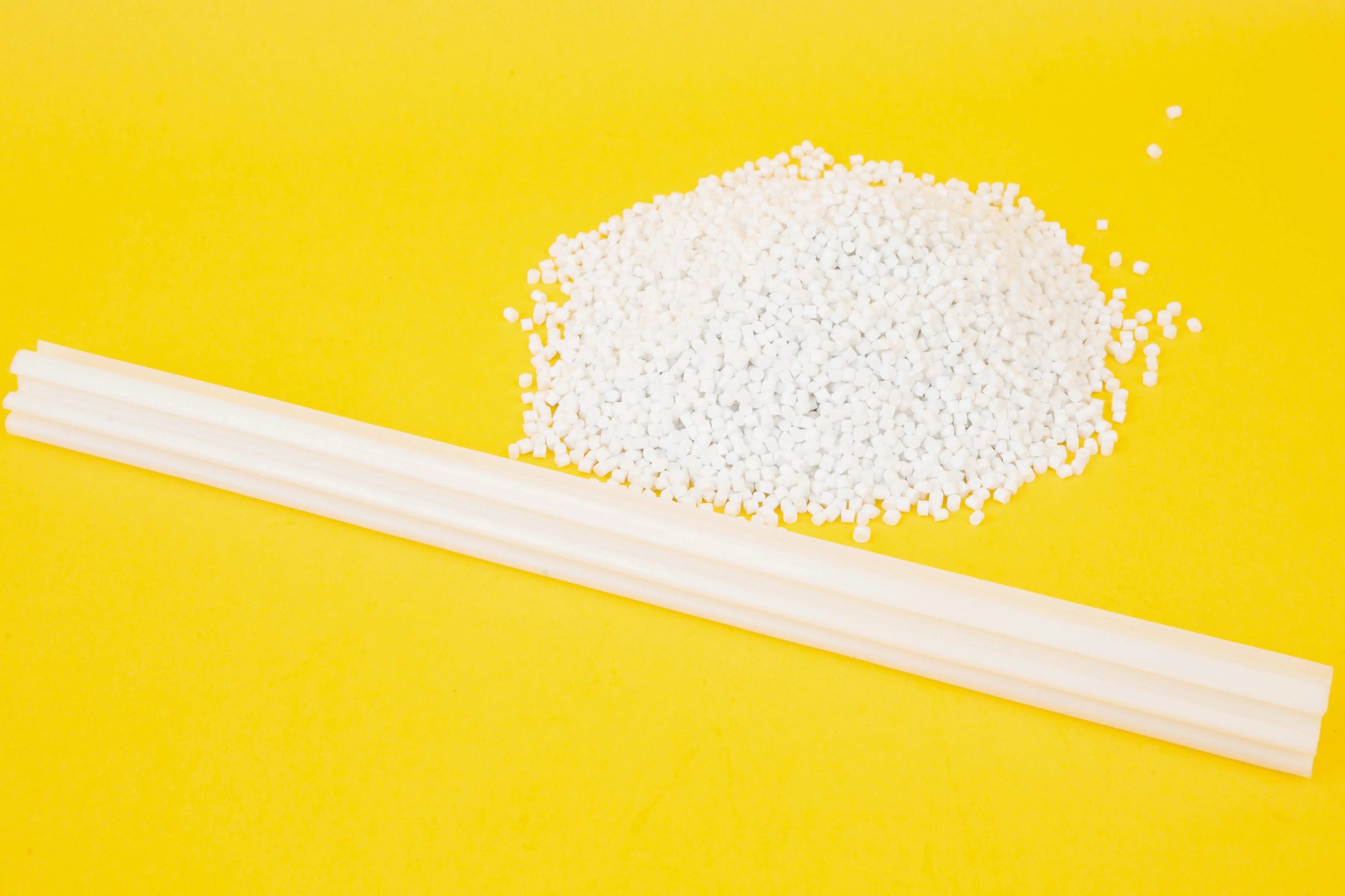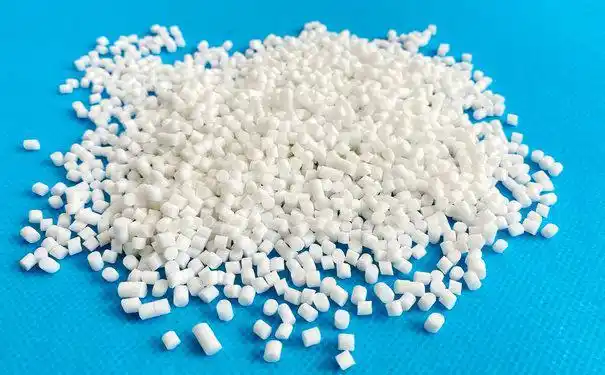Causes of Stickiness in TPE and Solutions
As someone with over fifteen years in the thermoplastic elastomer industry, I have seen TPE transform countless products from rigid plastics to flexible, user-friendly designs. From soft grips on power tools to seals in automotive parts, TPE offers unmatched versatility. Yet, one persistent challenge stands out: stickiness on the surface. This issue frustrates manufacturers during […]
Causes of Stickiness in TPE and Solutions Read More »








